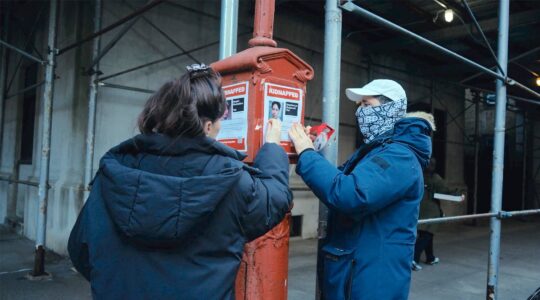Last night, the rubber finally met the road.
After months of work and worry, catastrophes averted and triumphs achieved, we took eight kinds of vegetables out of the ground, washed and packed them into boxes, loaded them onto a truck and delivered them to our 42 CSA members.
Just before 5 p.m. I pulled my hulking wreck of a truck into my parents’ driveway — the same truck that two days earlier had adamantly refused to start unless I sank another hundred bucks into its rusting pile — and unloaded. Over the next three hours, a procession of folks I had never met arrived, signed their names to a sheet of paper and took home lettuce heads, cilantro, radishes, kale, collards, swiss chard and kohlrabi. This is the end to which all that backbreaking work was intended.
 It was awesome, and I felt like a conquering hero. I had spent most of the afternoon sweating like a pig in the greenhouse trellising tomatoes, some of them neglected for so long they were nearly prone. My hands were covered with sticky black-green tomato resin, and I must have stank something terrible, though truth to be told I was too far past the boundary of socially acceptable cleanliness to even know. I must have looked like a man returning home from war with arms full of bounty — if that war was fought on a battlefield of stalks and suckers.
It was awesome, and I felt like a conquering hero. I had spent most of the afternoon sweating like a pig in the greenhouse trellising tomatoes, some of them neglected for so long they were nearly prone. My hands were covered with sticky black-green tomato resin, and I must have stank something terrible, though truth to be told I was too far past the boundary of socially acceptable cleanliness to even know. I must have looked like a man returning home from war with arms full of bounty — if that war was fought on a battlefield of stalks and suckers.
As I noted last week, the war metaphor isn’t too far off. We love to imagine our farms and gardens are these serene venues of communion with the ephemeral, and under the right circumstances, of course, they can be. But look closer and you’ll see arenas of sex and death, everything struggling to perpetuate its genes before the short window of Northeast heat ends or the farmer-executioner comes along with a stirrup hoe, at which point their decaying body becomes food for the survivors still in the fight. It’s a beautiful thing — you know, the circle of life and all — but there’s an undercurrent of violence.
The battle last week was focused on little flying insects. This week, I’m focused on something even more insidious: Grass.
Three months ago, our fields were covered in a thick carpet of sod. A half-dozen passes with heavy machinery did quick work of that. But grass is not an easily subdued foe. Leave a patch untended for too long and it comes roaring back — little snippets at first that aren’t hard to ignore, but then the tsunami comes. Some stretches of the field now look welcoming enough to take an afternoon nap in.
I imagine our 42 members will spend their weekend chopping salad greens and shredding kohlrabi in scenes worthy of Martha Stewart. I’ll be on my hands and knees battling. And smiling.
Veteran JTA journalist Ben Harris is chronicling his new life as a Connecticut farmer. Read more of his weekly dispatches here.
*****
From the annals of Jewish farming: In 1945, a committee was formed in New York to develop hydroponic agriculture in Palestine, a method of soil-free farming that advocates believed could increase farming productivity and speed up settlement in the Negev.
JTA has documented Jewish history in real-time for over a century. Keep our journalism strong by joining us in supporting independent, award-winning reporting.





